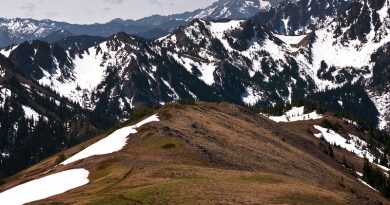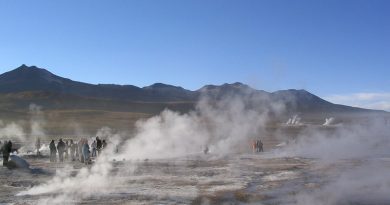Australian Impressionists
Inspired by the Impressionist movement in Europe at the time, artists such as Tom Roberts , Arthur Streeton and Charles Condor brought this sensibility and sensitivity to Australian landscapes, providing a fresh new perspective to how Australians viewed their land.
Roberts, Conder and Streeton pursued a fashionably bohemian lifestyle of artists’ camps and sketching tours. A favoured destination was the countryside outside Melbourne in and around the Dandenong Ranges. Their aim was to engage the purity of the bush and pastoral districts, epitomised by Streeton’s “Golden Summer”, working within landscapes seemingly untainted by the encroaching modernity of developing cities.
Australia was to become an independent country in 1901 and in the years leading up to and after independence the works of the Australian Impressionists were to embody new found expressions of national identity,
Roberts “Shearing the Rams” (1890), “A Breakaway!” (1891) and “Bailed Up” (1895) are among the best known of these “national narratives”.
Robert’s was later commissioned to paint the opening of the first Australian Parliament in Melbourne in 1901 . “The Big Picture “ measured 17 feet by 10 feet and had been described as “undoubtedly the principal work of art recording Australia’s Parliamentary History.”
Streeton worked as an official war artist with Australian forces on the Western Front in World War I.




